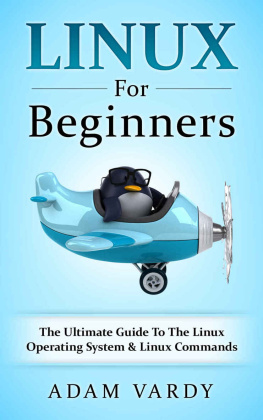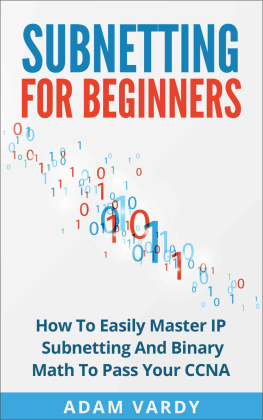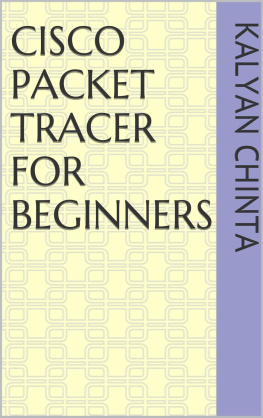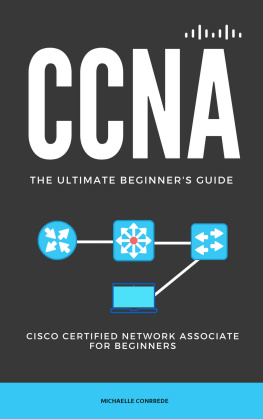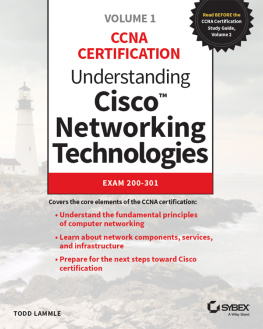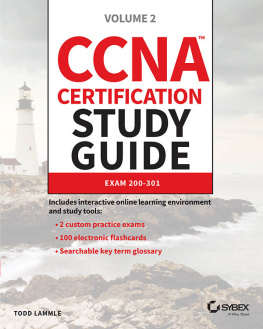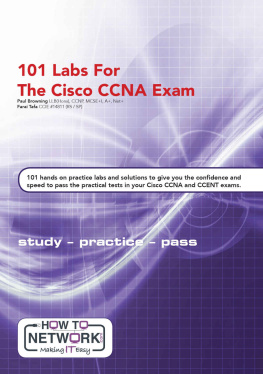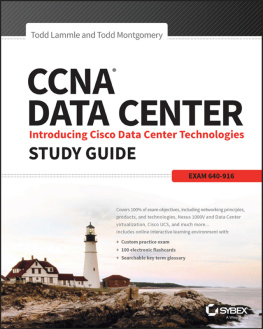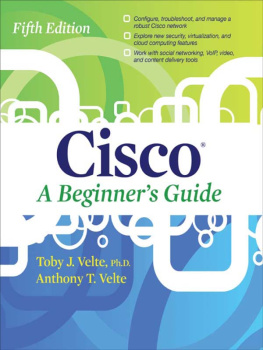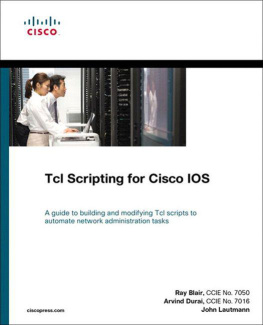I want to thank you and congratulate you for downloading the book, Cisco CCNA Networking for Beginners.
Reading this book is only the start of an amazing journey to the world of computer networking as you gear up yourself to pass the Cisco CCNA Routing & Switching 200-120 Exam. This exam is a composite exam and it is a requirement in becoming a Certified Cisco Network Associate.
This book contains the most important topics that frequently appear in the CCNA Exam. The world of computer networking is more complicated than the concepts and principles contained within this book. Many of them are not covered by the CCNA Exam, but still you need to learn and master them if you want to become a reliable network administrator. Consider this book as your study guide that could help you understand the major concepts, primarily when it comes to Cisco Routing & Switching. For detailed examples and more strategies, you must always refer to Cisco official references.
Thanks again for downloading this book. I hope you enjoy it!
Table Of Contents
Copyright 2015 by Adam Vardy - All rights reserved.
This document is geared towards providing exact and reliable information in regards to the topic and issue covered. The publication is sold with the idea that the publisher is not required to render accounting, officially permitted, or otherwise, qualified services. If advice is necessary, legal or professional, a practiced individual in the profession should be ordered.
- From a Declaration of Principles which was accepted and approved equally by a Committee of the American Bar Association and a Committee of Publishers and Associations.
In no way is it legal to reproduce, duplicate, or transmit any part of this document in either electronic means or in printed format. Recording of this publication is strictly prohibited and any storage of this document is not allowed unless with written permission from the publisher. All rights reserved.
The information provided herein is stated to be truthful and consistent, in that any liability, in terms of inattention or otherwise, by any usage or abuse of any policies, processes, or directions contained within is the solitary and utter responsibility of the recipient reader. Under no circumstances will any legal responsibility or blame be held against the publisher for any reparation, damages, or monetary loss due to the information herein, either directly or indirectly.
Respective authors own all copyrights not held by the publisher.
The information herein is offered for informational purposes solely, and is universal as so. The presentation of the information is without contract or any type of guarantee assurance.
The trademarks that are used are without any consent, and the publication of the trademark is without permission or backing by the trademark owner. All trademarks and brands within this book are for clarifying purposes only and are the owned by the owners themselves, not affiliated with this document.
Chapter 1 Networks and their Building Blocks
This chapter will help you understand the fundamental concepts of network: the different types of networks and the devices used in networks. Then, you will learn more about the TCP/IP model and the OSI reference model. These models are crucial to understand not only to pass the CCNA exam, but also to establish underlying concepts that could help your career as a network specialist. In addition, you will also learn about Ethernet Technologies, Network Applications, and Cisco Three Layer Model, which was designed by Cisco to help professionals in designing, implementing, and troubleshooting networks.
Introduction to Networks
A network is a group of interconnected devices such as printers, computers, servers, etc. To understand why networks are crucial, you need to look back to the time when networks were non-existent. Consider a large company that manufactures and sells Ready-to-Wear clothes.
Lets call the company RTW Inc. Just imagine the volume of data needed by the corporate executives to make crucial decisions such as sales, orders, and inventory. Local branch offices had to send collected data through snail mail. It would take three to five days for the main office to receive the data. It will also require people to collect, consolidate, and summarize the data, which increases the chances of human error occurring. This is just one-way data transfer. The local branch offices also need information that is crucial for their operations.
If RWT Inc. exists in the present time, all their offices will be interconnected. They will only use one software program, which will store all the data in one central location. With only a few clicks and within seconds, the executives can have access to real-time data. Because the data is stored in a central hub, any authorized personnel can see the data from any location. It is significantly cheaper to maintain a network because organizations can save time, money, and effort. It directly increases productivity.
Networks also help in maximizing resources through sharing. A basic example of this is printer sharing in an office. Without established networks, every computer will require their own printer. With a network, the printer could be shared between different computers.
Now, lets take a look at how networks work. The most basic form of a network is shown in Figure 1.1. It shows two hosts (devices such as computers) that are directly connected to each other through a network cable. Most end-user devices today are added with Network Interface Card (NIC) for network connection.

Host A is connected to the NIC of Host B, which is connected to the network. In this form, the cable is directly connected to another host. Because both hosts are networked, they can share information. This form is effective, but not scalable. If you add another host in this network, it requires another NIC card for every connection, so it is not a practical solution. For three or more hosts, you need a device called hub. Figure 1.2 shows a hub that connects three hosts.

A hub can repeat data received from a host to other connections. In Figure 1.2, the hub can repeat any data received from the three hosts, so they are able to communicate with each other. There are three types of communication between hosts: unicast (one host to another host), broadcast (one host to all hosts), and multicast (one host to selected hosts).
If you use a hub to network hosts, it could result to two types of problems:
1. A hub establishes a shared network where only one host can send data one at a time. If another host tries to send data packets at the same time, it could lead to collision. Each host will then resend the data, hoping that the collision will not happen again. Data collision often results to inefficient network.
2. A hub relays data received from one host to other hosts. For example in Figure 1.2, Host A will send a unicast message to Host B. Once the hub receives this information, it will share the message to Host B and Host C. Although the message was a unicast is intended only for Host B, Host C will also receive the data.
The problems arising from hubs may cause critical degradation to the network. In order to resolve these problems, switches are often used as an alternative to hubs. Similar to hubs, switches are used to network hosts but they prevent collision through a separate collision domain for each port. As the name suggests, switches switch the data from one port to another. But unlike hubs, they dont flood each packet from every port. They switch a unicast packet to the port where the intended host is located. Switches only flood out broadcast packet. Figure 1.3 is an example of a switched network.


